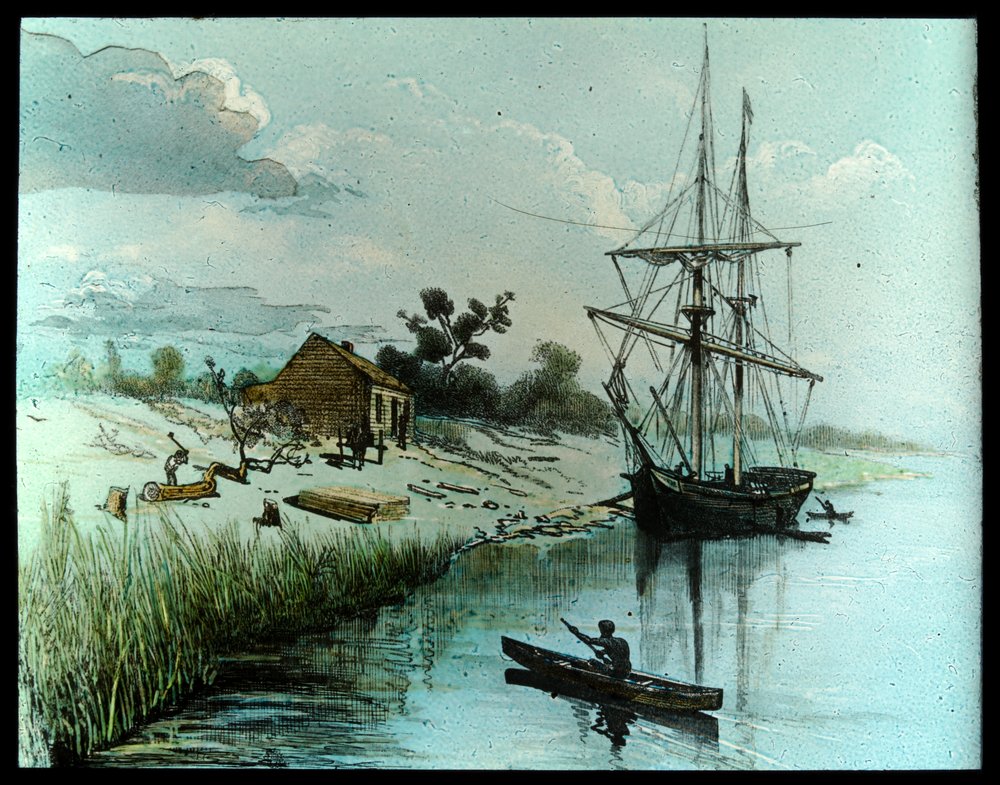HOW was Melbourne impacted by the great journeys of exploration in Australia, the Pacific and the world?
HOW were Indigenous people important explorers of Australia?
WHAT was the effect of European colonial exploration on First Nation peoples?
WHAT is an explorer and what challenges did Melbourne’s colonial explorers encounter e.g climate, seasons, floods, nature, culture etc?
HOW did explorations lead to new understandings and discoveries?
WHAT are different forms of exploration eg Indigenous, colonial, miners, soldiers, immigrants and travellers?
WHY do people explore and can we be explorers today?
ACTIVITIES
During the two-hour excursion, we engage in activities such as using bush foods or tools, viewing maps and images, visiting places connected to explorers and assigning each student an early Melbourne explorer identity. See: Explorer Identities
ROUTE
Our student excursions in the Melbourne CBD are two hours (or as requested) and normally start and finish at Federation Square. Our route may vary with weather, time and construction etc but normally starts at Federation Square walking to adjacent Birramung Marr Park, then walking downriver on the paths beside the Birrarung/Yarra River as far as Queens Bridge (including passing Federation Wharf, Princes and Evan Walker bridges, Flinders Station, Southbank, Eureka building, Indigenous places, Queens Bridge site of early settlement and Sandridge Multicultural Bridge). Students then return to Federation Square via landmarks such as Flinders Street Station, Degraves Street, Flinders Lane, Flinders Statue, Batman site and St Pauls Cathedral.
SEE – BOOKINGS AND PRICES – FOR INDIVIDUALS, GROUPS AND SCHOOLS
SEE our many other SCHOOL PROGRAMS
“Thanks to you for the wonderful excursions. It complemented our unit perfectly and gave the students some fantastic experiential and memory-building information that has turned even the most mundane magnificent. Thanks for bringing history alive! We most certainly will be back!”
Serpell Primary School.
“Thank you so much for a wonderful excursion! Our team had a great time and the students enjoyed the experience! We found all the information delivered on the tour to lead in beautifully with our unit of work and upcoming project”
Westbreen Primary School.
“Our students thoroughly enjoyed the walking tour and we appreciated how “hands on” it was.”
St Vincent De Paul Primary.
Explorers connected to the Port Phillip District include people such as Batman, Grimes, Collins, Hume and Hovell, Fawkner, Mitchell, Templeton, Lancey, Von Mueller, Grant, Murray, Flinders, Baudin, Bass, Buckley, Bourke and Wills, Eliza Callaghan, Anastasia Hayes, Georgina McCrae, Truganini , members of the Kulin Nation and others.
‘Old World’ explorers like Magellan, Vasco De Gama, Dampier, Hartog, Cook and others also influenced Melbourne’s founding as they mapped the trade routes to the Pacific and Indian Ocean which paved the way for the European exploration of Australia by later navigators. The term explorers includes Europeans ettlers whoo opened up new lands such as Batman, McCrae’s, Baxter’s, Fawkner’s, Liardets, Templeton and others.
Our tour informs how the First People or Indigenous people were the first successful explorers having made extraordinary sea crossings from Asia 60,000 or more years ago, exploring the entire continent yet surviving 25,000 years of ice age, 10,000 years of drought and flooding of a quarter of the continent – not to mention colonisation by Europeans. They also accompanied and guided many if not most of the European settlers in their explorations.
Things that European explorers and pioneers didn’t realize included climate (6-8 not 4 seasons), flooding (Melbourne is a flood plain), firestick farming, the shallow soils, the arid interior, Indigenous land ownership and relationships, water scarcity, the impact of hoofed animals and exotic fauna and flora, polluting of water, the value of the hunting and gathering lifestyle, over-exploitation of land and others.
Why do we allocate identities to each student during our tour?
Lest we forget. We want them to understand that these were actual people who faced real challenges, who took risks and broke new ground that others followed to create the fantastic Melbourne of today. We hope they will be inspired by them in their own lives to understand that we can’t grow and succeed in life without taking risks, accepting mistakes and believing in ourselves and our dreams.
- The Enterprize lands at the Yarra River 30 August 1835















